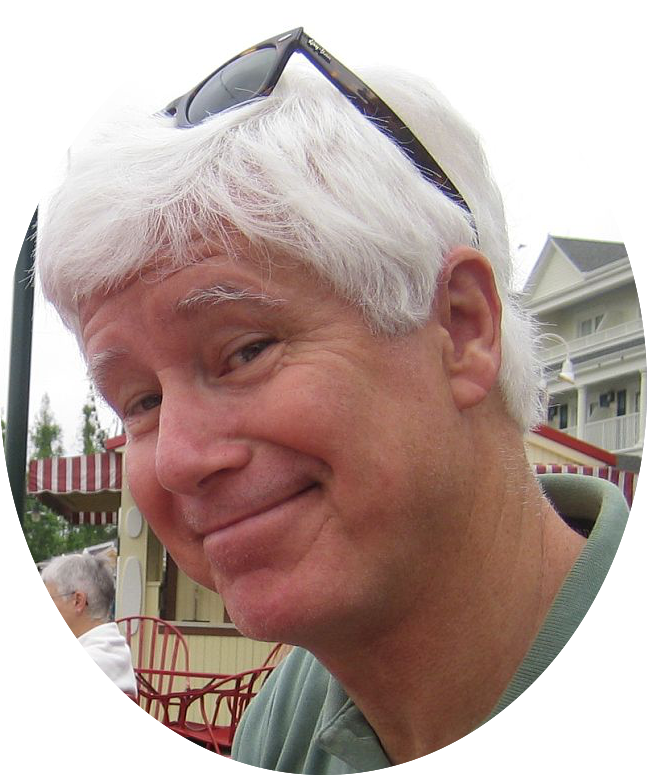































Written by Tim Brophy, Product Manager Cable Access Business Unit
In recent blogs, we focused on fiber deep architectures and changes in topology. The implication one might draw is that this "network of the future" is the one and only thing operators should pursue moving forward and that it is a simple strategy that fits all market segments. But as we highlighted in the discussion on the value of the fiber deep network, not all plants will require such investment today. For low-density areas or those with adequate capacity, existing architectures will suffice for many years to come. Even so, those legacy plants will benefit from advances in linear transport technologies. Plant extensions, maintenance-level rebuilds, and equipment replacement will continue. This is the topic of today's blog.
To justify continued expenditures on legacy plants, two criteria may serve as guidelines. The first is to ensure that performance is enhanced to extend the physical infrastructure and to flexibly keep pace with anticipated capacity increases. The second is to ensure that these changes lay the groundwork for the inevitable changes down the road so as to protect the investment made today.
Historically, linear optics has supported increases in operational bandwidth and information capacity since its inception. Recent moves enabled DOCSIS 3.1 deployments, and linear optics kept pace, increasing RF frequencies to 1.218MHz. As competitive offerings drove billboard data rates to ever-higher levels, exploiting all available bandwidth and improved data density demanded higher order QAM modulation and the introduction of OFDM for ensuring maximum utilization. When combined with the architectural changes towards fiber-deep, even more stringent demands were placed on legacy plants to either keep up or allow the subscriber base to erode in a search for "better."
Enter now into the mix a linear optical source which realizes the many goals of the ideal transmitter. Based on improvements at the fundamental physical level of the laser, the transmitter boasts the following highly desirable features:
With this innovation, the industry has a transmitter which pushes the link limitation back into the RF domain. The optical link is no longer the performance-limiting segment of legacy plant.
What does this mean for operators? Consider that with the advent of this universal transmitter, operators gain the ability to simultaneously increase performance, distance, and loading in both RF bandwidth and high-order QAM or OFDM. In addition, they can:
In summary, CapEx budgets can be planned more judiciously, allocating scarce resources and personnel to areas of greater need. With intelligent architectural planning, the transition to tomorrow's digital plant is considerably eased. Thus, the universal transmitter conserves past investments and postpones new expenditures thereby extracting the value of existing plant.
Cisco is pleased to have begun deployments of this technology over a year ago, and continues to be the sole source for this best-in-class linear optical transport. As an important part of a total investment portfolio for operators, Cisco continues to help service providers meet their customers' demands for complete, cost-effective strategies to capture and retain market share today, and prepare the groundwork for continued success.
In our next blog, we will turn our attention to current and future opportunities that R-PHY brings, and examine the potential impacts of digital predistortion (DPD) and full-duplex DOCSIS (FDX). There are many exciting twists and turns ahead, and we look forward to active engagements with our customers to continue to provide guidance and products that benefit them and our industry.
 Tags chauds:
Service Provider
docsis
fiber network
hfc
RPHY
cBR-8 Evolved CCAP
Tags chauds:
Service Provider
docsis
fiber network
hfc
RPHY
cBR-8 Evolved CCAP